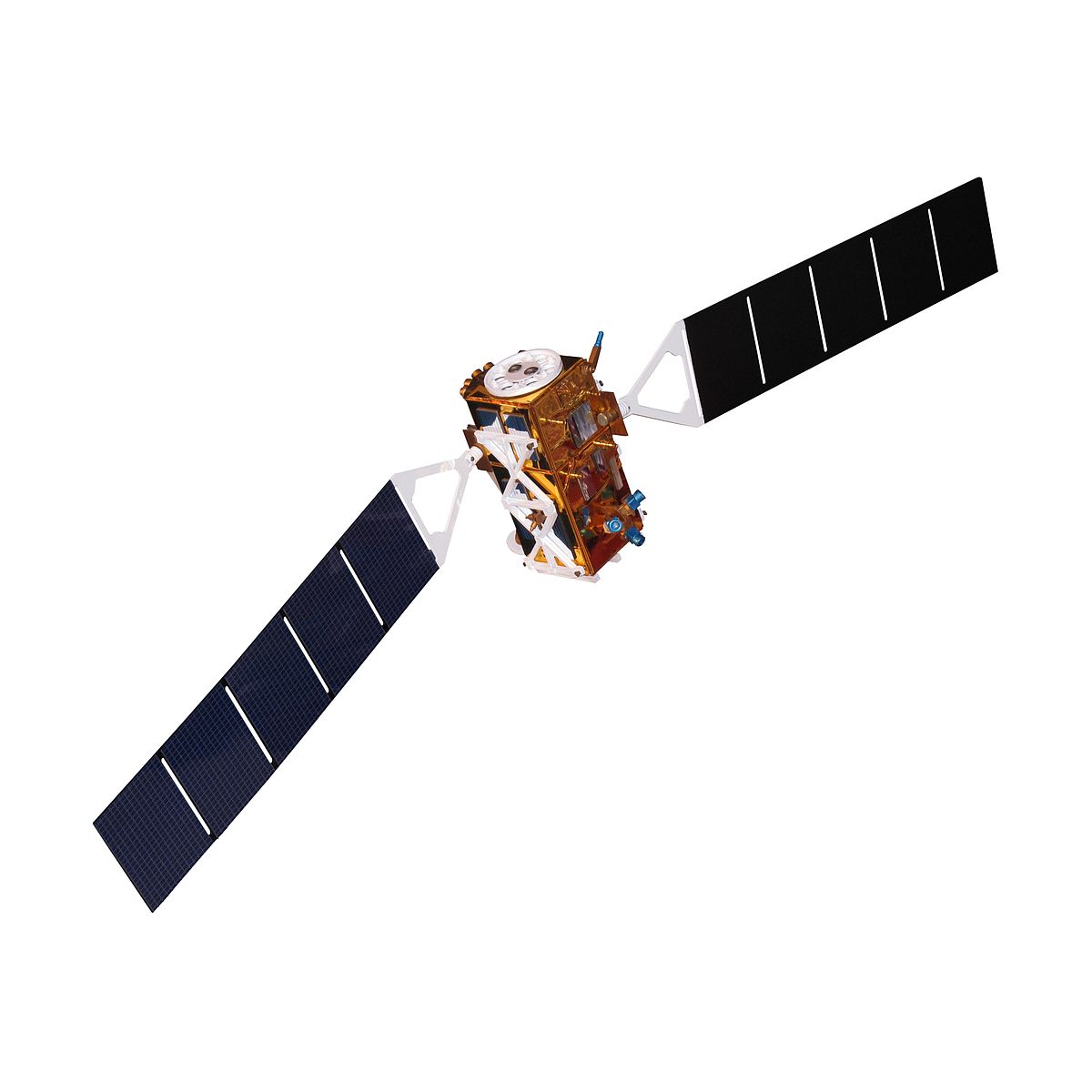The z-score
The Standard Normal Distribution
Definition of the Standard Normal Distribution The Standard Normaldistribution follows a normal distribution and has mean 0 and standard deviation 1 |
Notice that the distribution is perfectly symmetric about 0.
Outside Diameter of Conduit: Size: EMT: IMC: Rigid: Decimal: Fraction: Decimal: Fraction: Decimal: Fraction: 1/2' 0.706: 11/16: 0.815: 13/16: 0.84: 13/16: 3/4' 0.922. We don't support or recommend that you create a VHDX file that is bootable to both generation 1 and generation 2 virtual machines. The virtual machine generation is a property of the virtual machine, not a property of the virtual hard disk. So you can't tell if a VHDX file was created by a generation 1 or a generation 2 virtual machine.
If a distribution is normal but not standard, we can convert a value to the Standard normal distribution table by first by finding how many standard deviations away the number is from the mean.
The z-score
The number of standard deviations from the mean is called the z-score and can be found by the formula
x - m
z =
s
Example
Find the z-score corresponding to a raw score of 132 from a normal distribution with mean 100 and standard deviation 15.
Solution
We compute
132 - 100
z = = 2.133
15
Example
A z-score of 1.7 was found from an observation coming from a normal distribution with mean 14 and standard deviation 3. Find the raw score.
Solution
We have
x - 14
1.7 =
3 Paintstorm studio 2 406.


To solve this we just multiply both sides by the denominator 3,
(1.7)(3) = x - 14
5.1 = x - 14
x = 19.1
The z-score and Area
Often we want to find the probability that a z-score will be less than a given value, greater than a given value, or in between two values. To accomplish this, we use the table from the textbook and a few properties about the normal distribution.
Example
Find
P(z < 2.37)
Solution
We use the table. Notice the picture on the table has shaded region corresponding to the area to the left (below) a z-score. This is exactly what we want. Below are a few lines of the table.
| z | .00 | .01 | .02 | .03 | .04 | .05 | .06 | .07 | .08 | .09 |
| 2.2 | .9861 | .9864 | .9868 | .9871 | .9875 | .9878 | .9881 | .9884 | .9887 | .9890 |
| 2.3 | .9893 | .9896 | .9898 | .9901 | .9904 | .9906 | .9909 | .9911 | .9913 | .9916 |
| 2.4 | .9918 | .9920 | .9922 | .9925 | .9927 | .9929 | .9931 | .9932 | .9934 | .9936 |
The columns corresponds to the ones and tenths digits of the z-score and the rows correspond to the hundredths digits. For our problem we want the row 2.3 (from 2.37) and the row .07 (from 2.37). The number in the table that matches this is.9911. http://vsrocww.xtgem.com/Blog/__xtblog_entry/19449796-blizzard-download-mac#xt_blog.
Hence
P(z < 2.37) = .9911
Example
Find Jw broadcasting november 2016.
P(z > 1.82)
Solution Skylum luminar trial.
In this case, we want the area to the right of 1.82. This is not what is given in the table. We can use the identity
P(z > 1.82) = 1 - P(z < 1.82)
reading the table gives
P(z < 1.82) = .9656
Our answer is
Webtolayers 1 1 2 Quart Casserole Dish
P(z > 1.82) = 1 - .9656 = .0344
Example
Find
P(-1.18 < z < 2.1)
Solution
Once again, the table does not exactly handle this type of area. However, the area between -1.18 and 2.1 is equal to the area to the left of 2.1 minus the area to the left of -1.18. That is
P(-1.18 < z < 2.1) = P(z < 2.1) - P(z < -1.18)
To find P(z < 2.1) we rewrite it as P(z < 2.10) and use the table to get
P(z < 2.10) = .9821.
How do i open a rar file on my laptop. The table also tells us that
P(z < -1.18) = .1190
Now subtract to get
Webtolayers 1 1 2 1 Press
P(-1.18 < z < 2.1) = .9821 - .1190 = .8631
Webtolayers 1 1 2 Bath House
e-mail Questions and Suggestions
